Mary Magdalene in France Today
I live off a street named Magdalene. For years I have taken the name for granted, religion of any persuasion isn’t an issue central to many in England and Mary Magdalene hardly features in any of them. But, due to a minor blip in my personal landscape earlier in the year, overseen, I do declare, by both Sainte Radégonde of Poitiers and la fée Mélusine herself, I was now ready for a short break. My travel agent, knowing my penchant for pilgrimages, produced the perfect answer: What about Saint Maximin la Sainte Baume? she said and waved an elegant brochure picturing an ancient Basilica and a Royal Convent. The Basilica and l’Hôtellerie du Couvent Royal are dedicated to Sainte Marie-Madeleine – Mary Magdalene.
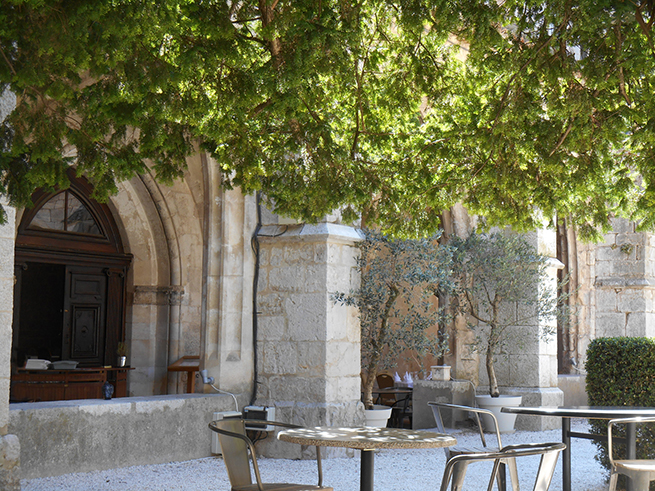
The Courtyard and Cloisters of Hôtellerie du Couvent Royal – photo © Nigelle de Visme
The people of Provence take their Tradition very seriously and consider this to be Catholicism’s third most important tomb. It is their ‘soul memory’, orally passed down since the 1st century when a small drifting coracle landed at what is now named Saintes Maries-de-la-Mer. The coracle, or barque, carried Mary Salome, mother of James major; Mary Jacobe, mother of James the less and Joseph; Lazarus; Maximin; Martha (who went on to subdue the dragon of Tarascon) and Marie-Madeleine ‘who loved Me much’ as Jesus is said to have said – casting her in the rôle of Apostles of apostles. You’ll recall that Peter had a problem with that!
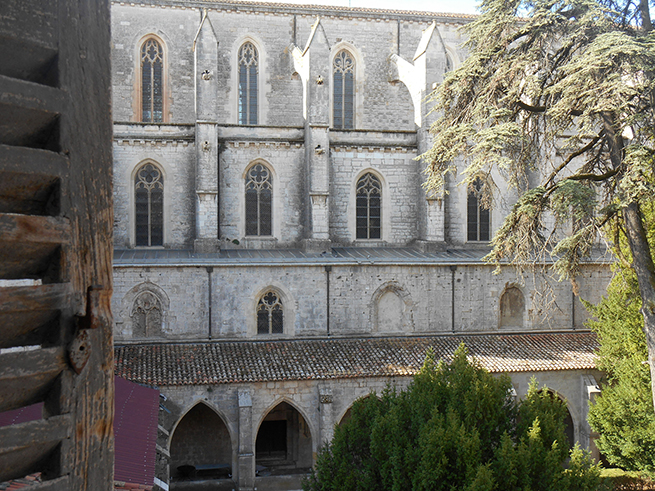
The Courtyard and Cloisters of Hôtellerie du Couvent Royal – photo © Nigelle de Visme
Good King René discovered the bones of the two mother Marys and the two men laid in the form of a cross under the altar of a very early church in the town of les Saintes-Maries-de-la-Mer. The relics are revered and each May they are raised in a beautiful reliquary and carried to the sea. Tens of thousands of gypsies from all over the world come to take part in a re-enactment of their Saint and tribal Queen, Sara, who, being gypsy and possessed of a heightened ‘sight’ as many Roms are said to be, recognised at once the sanctity of the tired visitors to her shores and welcomed them.
Over in Saint Maximin la Sainte Baume in 1279 Charles ll of Anjou, King and Count of Provence, Naples, Sicily, Jerusalem and Maine, a saintly man whose legacy of monastic support lives on, ordered excavation of the site, already sacred by legend, and discovered bones laid in a reverent manner. The soul memory of the Provençaux revered them; they were said from the beginning to be those of Sainte Marie-Madeleine. King Charles supported the building of this vast Basilica and crypte to house these sacred relics.

The Basilica overshadows the town of St Maximin la Sainte Baume – photo © Nigelle de Visme
You could canter around this huge Basilica in less than twenty minutes – but I returned many times during my five days and each time was repaid by discovering more and more layers of mystery under its obvious, and at times turbulent, history. It is important to purchase the two small books by Yves Bridonneau and Michel Moncault, available in many languages, for they lead you to look in places easily overlooked as you stand more than a little overwhelmed at the monumental scale of the architecture. When I read that the massive organ covered an imposing 12th century fresco of Marie-Madeleine helping myriad soul’s at the world’s end I was first astonished and then dismayed at the Freudian vandalism that covered Mary Magdalene with a huge organ! That said, and notwithstanding the only extant photo of the fresco showing Mary Magdalene beckoning, her hair random and wild, the organ is impressive. The statue of Sainte Cecilia on one of the highest pillars, looking no larger than a dot to the onlooker far below, is actually two and a half metres high!
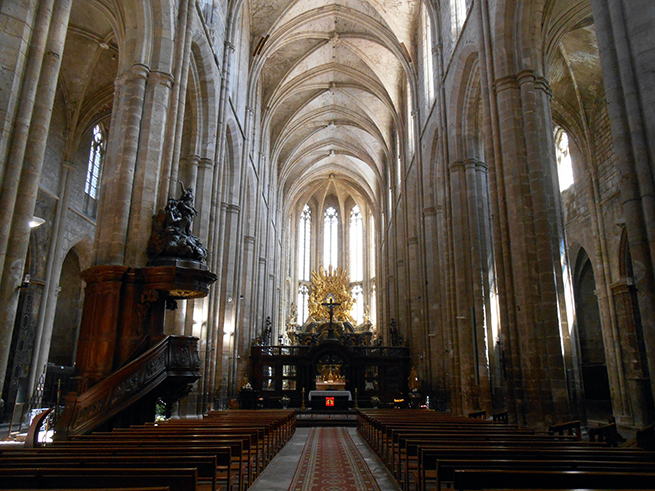
The Nave – photo © Nigelle de Visme
The bas-relief of Marie-Madeleine’s life in the Chapel of the Rosary is particularly moving – centurions persecute the lovers of Christ, herding them into the frail barque which will miraculously carry them to France.
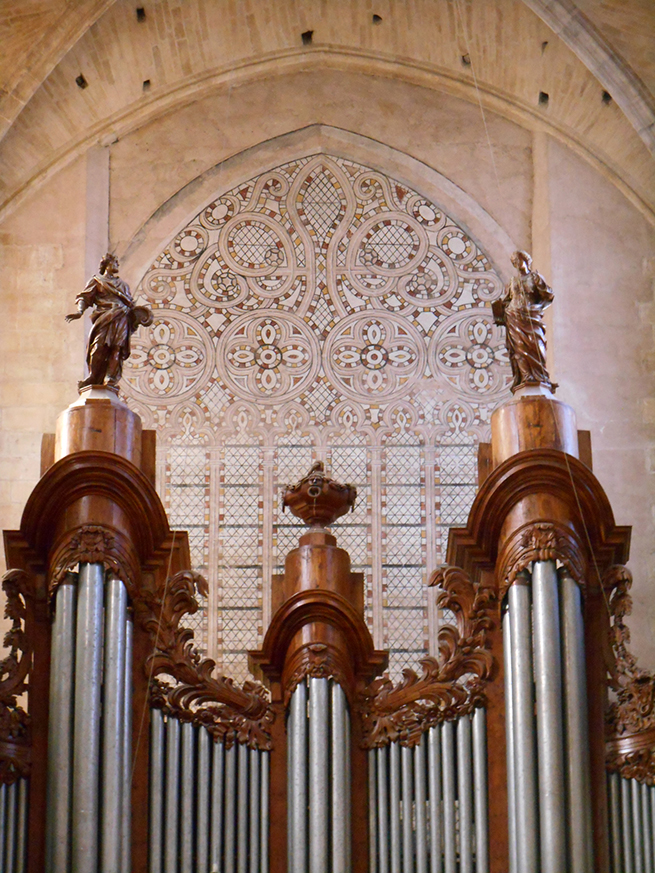
The Vast Organ – photo © Nigelle de Visme
The crypte is a small treasure and houses the skull of the Saint. It is black – unusual when skulls are mostly white or ivory with age. It is a powerful portrayal of death and hints to us of the mystery of what lies beyond. It is also said, in the Tradition, that a sprig of green fennel was found in her mouth when her body was discovered and a sweet odour emanated; an odour of sanctity. In some medieval miniatures and Books of Hours fennel is passed by the lover to his sweetheart. Perhaps someone who loved her very much laid it on her lips…
Marie-Madeleine left the older Marys and travelled inland with Maximin to the plains of what is now Saint-Maximin-la-Sainte-Baume. From there she alone went on and up into the Massif to live out her life in a cave; la Grotte de Sainte Marie-Madeleine à la Sainte-Baume.
The 8th September is the day designated as the birthday of the Blessed Virgin Mary. It isn’t very fashionable these days to speak of saintly things but as I happen to share that auspicious birthdate (and Kirker, my travel company, had a huge bouquet of roses waiting for me in my room) I chose that day to celebrate my 71st birthday and make the long climb to la Grotte de Sainte Marie-Madeleine. Oh my! What a climb! What sensations! And I will tell of that in my next article!
- Noli Mi Tangere – Touch Me Not – photo © Nigelle de Visme
- Hidden statue of Marie-Madeleine myrophore – photo © Nigelle de Visme
- The Skull of Sainte Marie-Madeleine – photo © Nigelle de Visme
- Entrance to the Crypte – photo © Nigelle de Visme
- photo © Nigelle de Visme
Share to: Facebook Twitter LinkedIn Email
Leave a reply
Your email address will not be published. Required fields are marked *

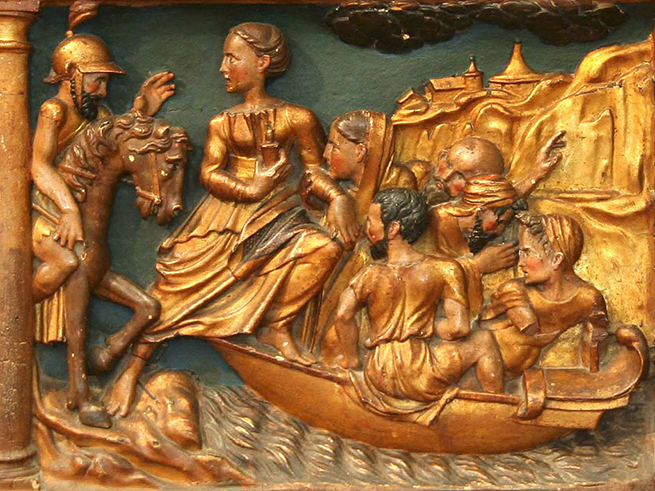

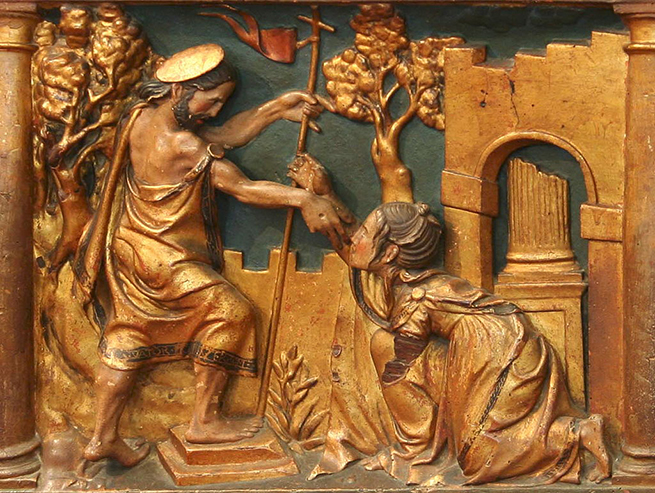
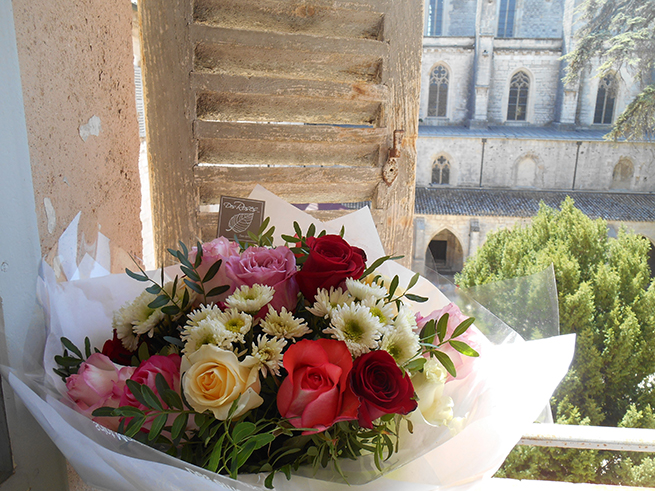

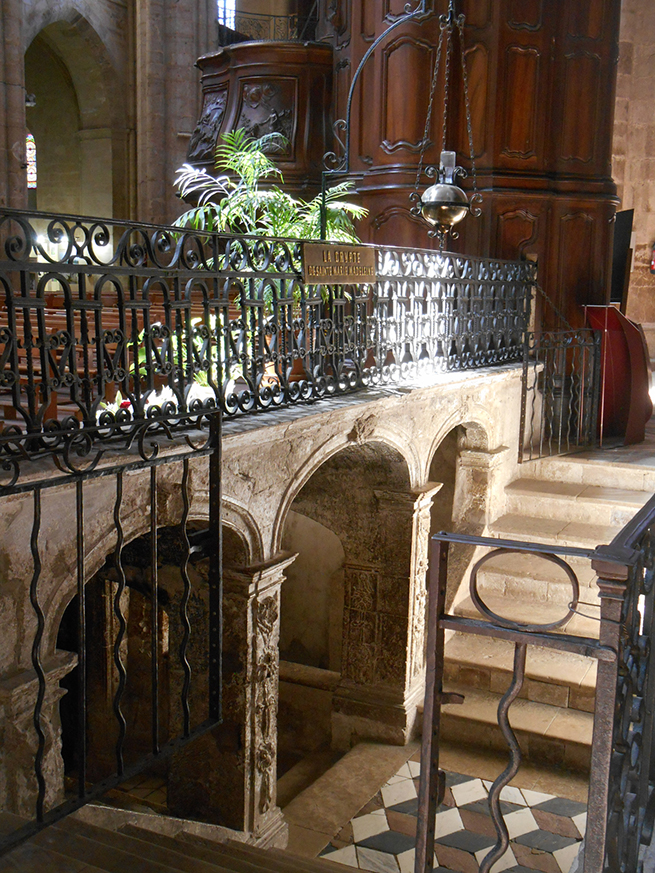
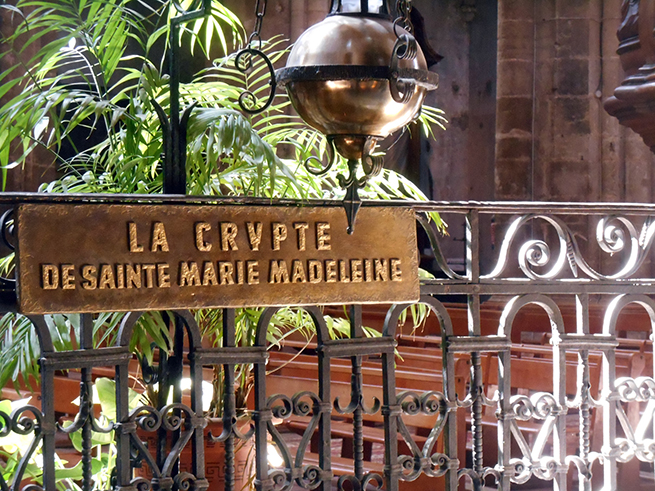
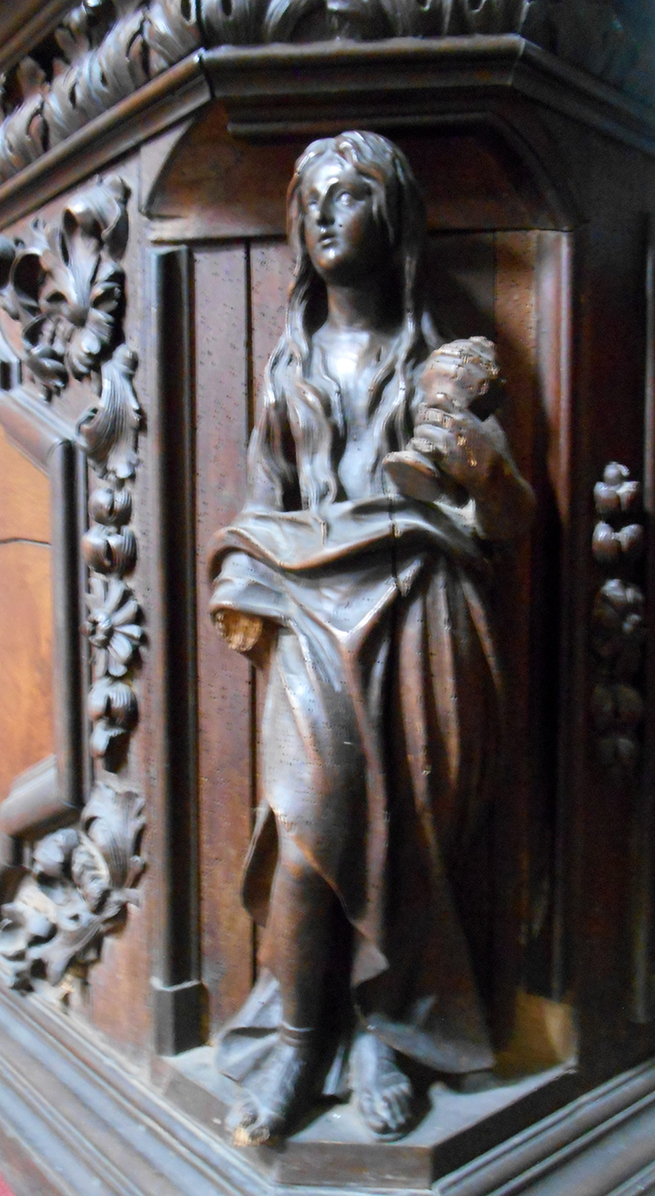



REPLY